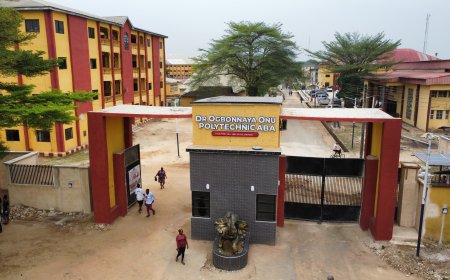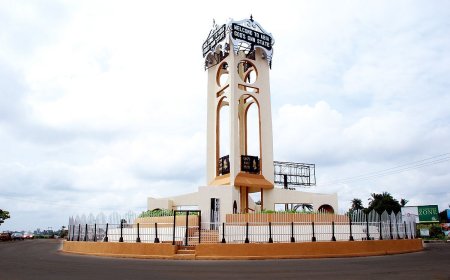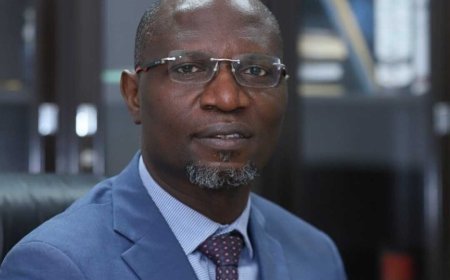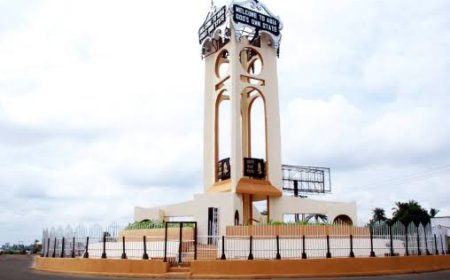Abia State Tops Unemployment Rate in Nigeria for 2023, Says NBS Report
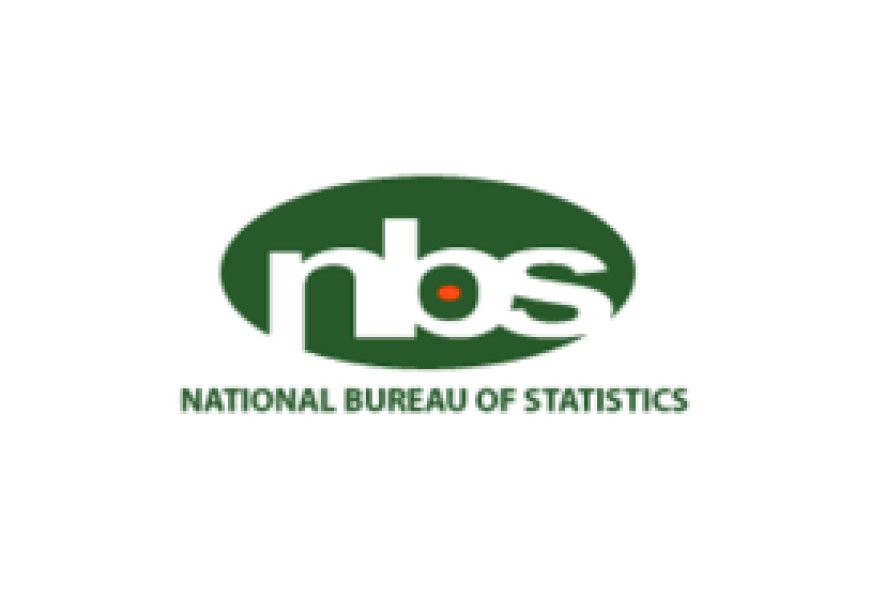
The Nigeria Labour Force Survey for Q1 2024, released by the National Bureau of Statistics (NBS), has revealed that Abia State recorded the highest unemployment rate in Nigeria for 2023, at 18.7%. Following closely behind are the Federal Capital Territory (FCT) at 14.1% and Rivers State at 13.4%.
The report indicates that approximately 362,000 individuals were unemployed in Abia State, despite substantial engagement in informal and self-employment sectors. Abia’s workforce comprises over 1.25 million self-employed individuals, while 1.51 million people are involved in informal employment. This heavy reliance on non-formal job sectors highlights the scarcity of formal employment opportunities in the state.
Similarly, the Federal Capital Territory recorded an unemployment rate of 14.1%, affecting about 150,000 people in 2023. Out of the FCT’s workforce, 690,000 people were self-employed, while 724,000 were engaged in informal employment. Meanwhile, 258,000 individuals had waged employment.
Rivers State, with its significant role in Nigeria’s oil and gas industry, also experienced a notable unemployment rate of 13.4%, translating to about 408,000 unemployed individuals. The state’s informal sector dominates the employment landscape, with 2.24 million people engaged in informal jobs, compared to just 704,000 in waged employment.
According to the report, self-employment in Nigeria slightly declined from 86% in Q1 2023 to 84% in Q1 2024. The proportion of employed persons working as formal employees rose from 12.7% in Q3 2023 to 16.0% in Q1 2024. Gender disparities continue to shape the employment landscape, with self-employment among females at 87.9%, compared to 79.9% among males.
Rural areas across Nigeria are also grappling with significant economic challenges, as the rural unemployment rate stood at 6.8%, while urban centres reported a lower rate of 3.5%. The persistent gap between rural and urban employment opportunities underscores the urgent need for rural development and job creation initiatives.
The survey also revealed a higher unemployment rate among women, with 6.0% of the female workforce being unemployed compared to 4.7% of males, pointing to a continued gender gap in the Nigerian labour market.
Nigeria’s working-age population reached 116.6 million in 2023, representing 53.8% of the country’s total population. Interestingly, females made up a larger share of this population, accounting for 52%, while males comprised 48%.
As Nigeria’s economy continues to evolve, the high unemployment rates and the significant reliance on informal employment call for targeted policies to create more formal job opportunities and address the disparities between rural and urban areas.











